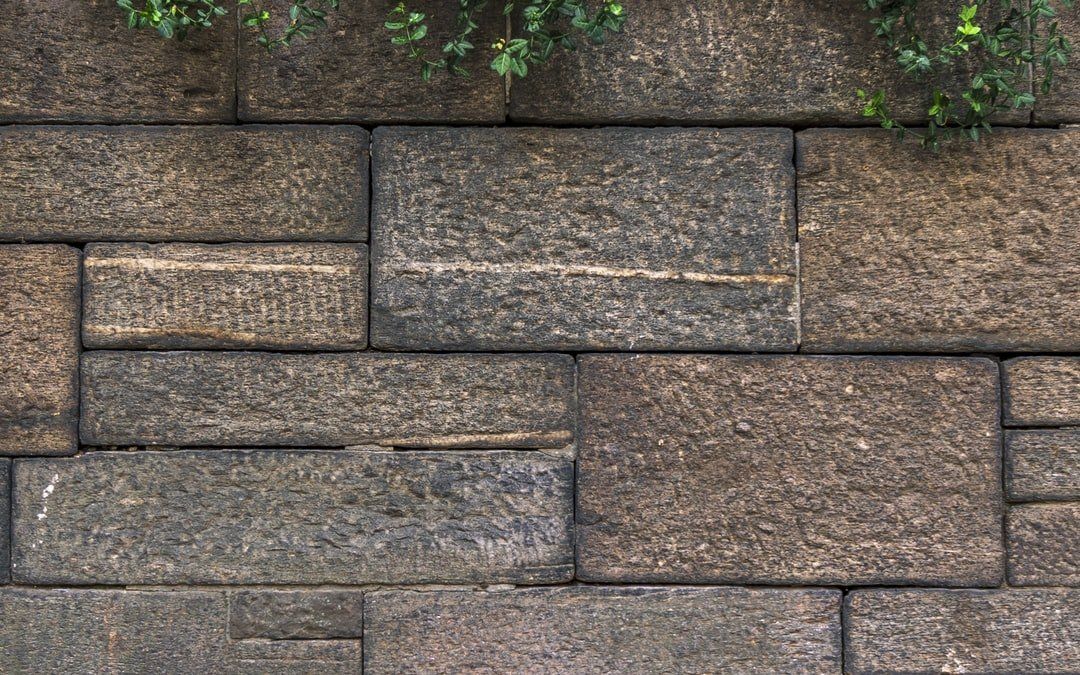Retaining Walls
Retaining walls are retaining structures, usually made of concrete or masonry, that often stand between a retaining wall and the slope it is retaining. They hold back earth from an embankment so that it does not slide down under its own weight. Retaining walls are used in residential construction projects to prevent slumping away from the house due to rainwater run-off as well as any other water issues on your property. It's important you find out the many benefits of installing retaining walls before making your decision about whether or not they're right for you! There are many retaining wall types, so it's crucial that you take the time to understand which one is right for your home or commercial property.
Step one: Find out the benefits of retaining walls and see if they're a good idea for your property.
The benefits of retaining walls are vast! Not only can retaining walls be highly durable, but they also offer the ability to create outdoor living spaces for you and your family. Retaining walls have many other benefits as well, so don't wait any longer learning about them all today! Retaining walls have become a key construction project to add into many residential and commercial areas. You'll see retaining walls used in retaining structures, retaining gardens, retaining ponds and more.
Step two: Decide what kind of retaining wall you want to construct. There are three main types of retaining walls which include concrete block retaining walls, brick retaining walls or timber retaining wails. For a modern look that is low-maintenance choose metal corner brackets rather than mortar beds like traditional masonry projects use.
Step three: Align on your budget and timeline for the project with others who will help build it if needed (e.g., landscaper). It's important to make sure you discuss these details with all those who will be involved in the retaining wall project.
Step four: Add finishing touches to your retaining wall like lighting and plants! Do not forget about creating a walkway as well as adding high-quality erosion control fabric at the base of the retaining walls for added protection from water penetration, which can lead to structural damage if left unattended. You may also consider installing underground drainage systems for any excess rainwater run-off on your property.
It's crucial that you take into account retaining walls and all the benefits they offer before making a decision about them for your home or commercial property. There are many retaining wall types, so it's essential you learn more today! Step two will guide you in determining which type of retaining wall is right for your project while step three aligns on budget and timeline with others helping build if needed (e.g., landscaper). Finally, add finishing touches like lighting and plantings along with erosion control fabric at the base of retaining walls as well as underground drainage systems for excess water run-off protection from entering elements of retaining walls.


